Why the cars of our self-driving future will be electric
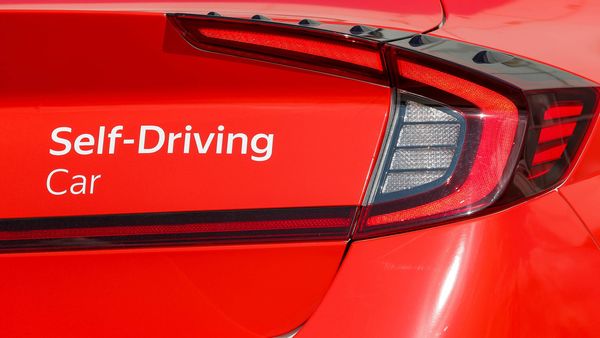

Cars aren’t going away any time soon. So the ultimate green move will be combining two emerging technologies: autonomous driving and fully electric cars. Autonomy brings efficiency in driving and battery use, while electric cars drastically cut emissions, fuel costs and maintenance.
Even so, a rift has developed within the automobile industry about the best way to move forward. Skeptics believe self-driving technology will have a serious impact on an electric car’s range and degrade batteries;optimists thinkimprovements in technology will likely mitigate much of that trade-off.
Also check these Cars
The split has manifested in established automakers choosing different paths to pursue.Ford Motor Co. is planning to launch self-driving tech in 2022 but in hybrid cars first. The company’s testing found computers and sensorspowering self-driving could cut the electric car’s range by more than 50%.Meanwhile, the only autonomous cars Volkswagen AG plans to build are fully electric vehicles. The company will begin field tests that same year.
A new study in Nature Energymay lay the debate to rest. Venkat Viswanathan, an associate professor of mechanical engineering at Carnegie Mellon University, finds that the range trade-off is likely to be less than 15% for city driving and as low as 5% for suburban driving.
“We’re getting to a point where we won’t need to choose between autonomous driving and electric cars," said Viswanathan.
Also Read : General Motors plans to bring out its first driverless vehicle by 2025
At the heart of the challenge of self-driving cars is that it is hard to replicate human understanding of sight and sound. Even with the latest image-recognition technology, computers struggle to do what humans instinctively manage: understand the small but myriadchanges happening on a road, in real-time. Luckily, computers can use other inputs, such as radio waves (through a radar) or lasers (through alidar).
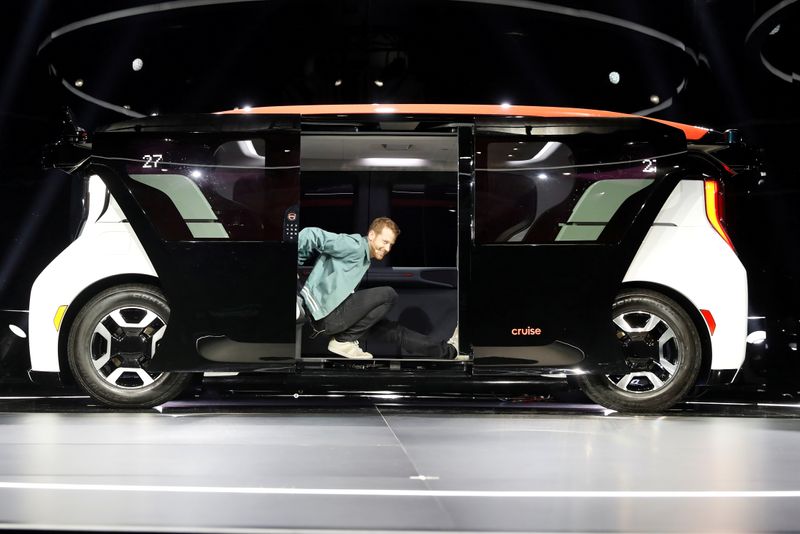

Lidars, which you may have seen on prototype self-driving cars, are generally considered crucial. They need to protrude outward to project lasers beyond the car body and thus “sense" surrounding obstacleseven as the car moves at great speeds. But the necessary bulge limits the aerodynamic shape of the car, increasing the amount of energy needed to driveand thus lowering how far an electric car can travel on a full charge.
Moreover, on-board computers need to analyze thousands of images every second that lidars capture to help make driving decisions. Even with modern computing technology, that takes up a lot of energy. The combination of sensors and computers does drain an electric-car’s battery more quickly than if a human driver were at the wheel.
Nevertheless, Viswanathan found that lidars and computers are both getting better at their task, while consuming less and less energy. In the case of computers, custom-built chips that can perform the specific image analysis needed for autonomous driving are able to lower energy consumption by 50% or more compared with traditional graphics processing chips. These are likely to keep getting better, which means Viswanathan’s own estimates may be out of date soon.
Also Read : Volkswagen closes $2.6 billion investment in self-driving startup Argo AI
Better still, companies like China’s Contemporary Amperex Technology Co. Ltd., the world’s largest battery maker, are developing batteries that can last 2 million kilometers (1.25 million miles) or 16 years. That’sa vast improvement oncurrent batteries thathave a warranty for 150,000 miles or eight years. If widely adopted, these newer batteries could mean car owners won’t have to worry much about battery degradation.
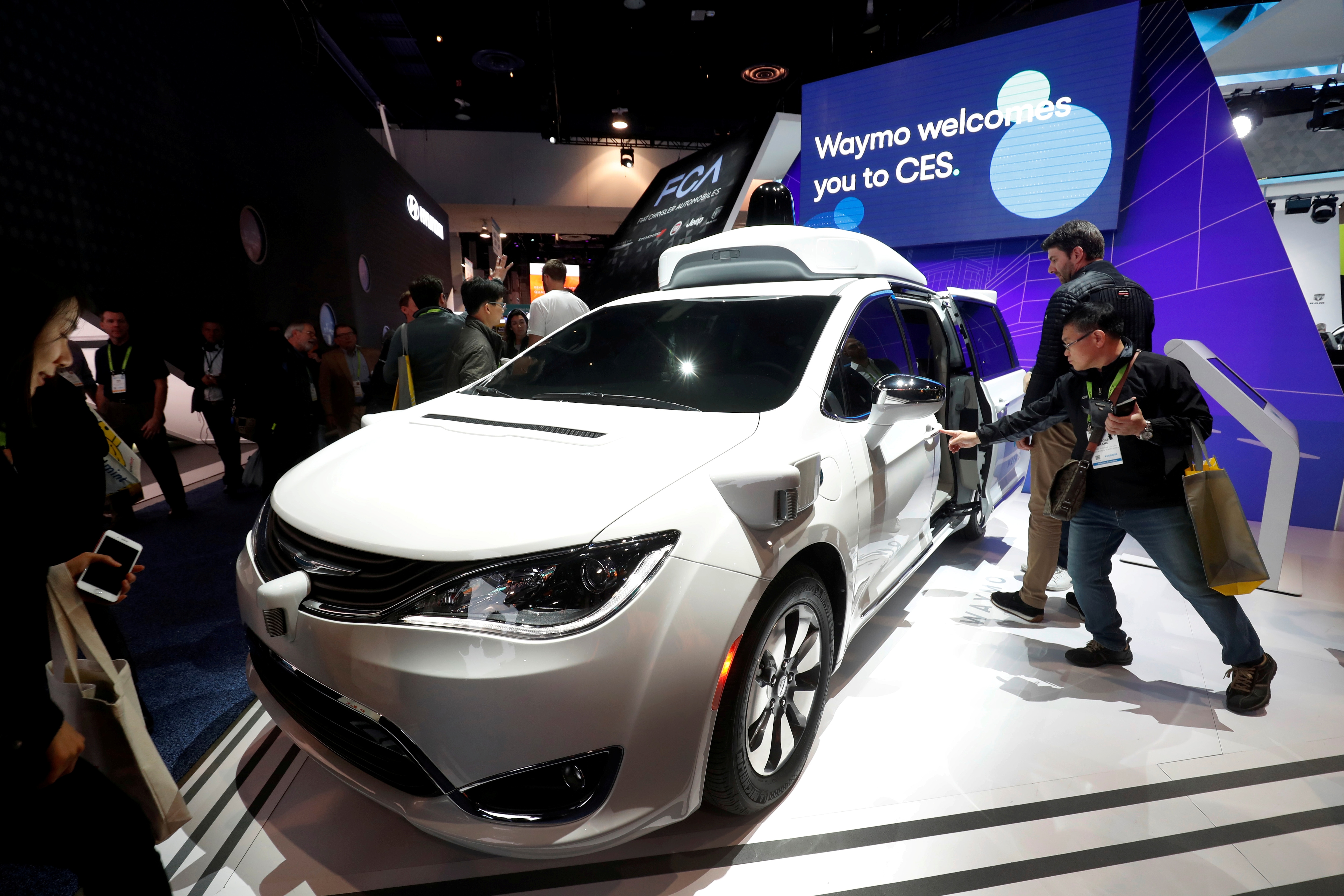

And even if none of these technology trends play out as expected, Viswanathan found that computer-driven cars end up with energy savings of as much as 10%simply by making better decisions about braking, accelerating and turning than human drivers. The extra energy the computers and sensors consumecould be balanced out bybetter driving—the direct result of the automationit enabled.
Regulatorsmight not give automakers an option.“Many of the tier 1 cities where we expect to see self-driving cars are incentivizing or requiring fleet cars to be zero emissions," said Nick Albanese, head of intelligent mobility at BloombergNEF. “Non-electric autonomous vehicles will likely be short-lived."
Akshat Rathi writes the Net Zero newsletter on the intersection of climate science and emission-free tech. You canemail himwith feedback.







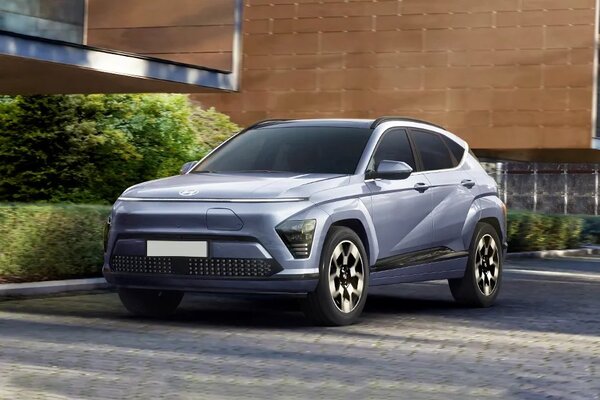
 64.8 kWh
64.8 kWh 418 Km
418 Km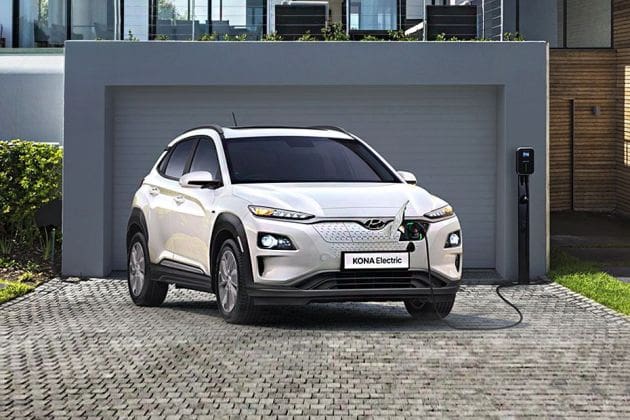
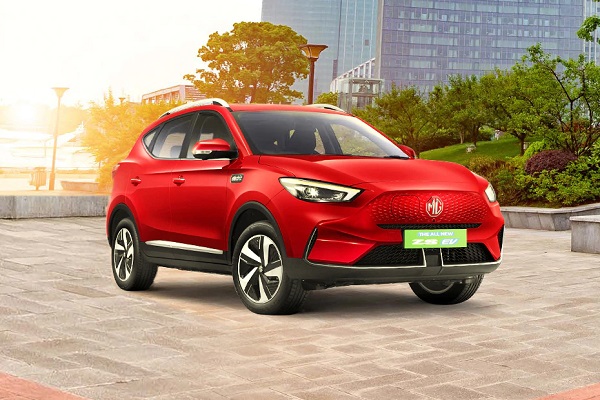
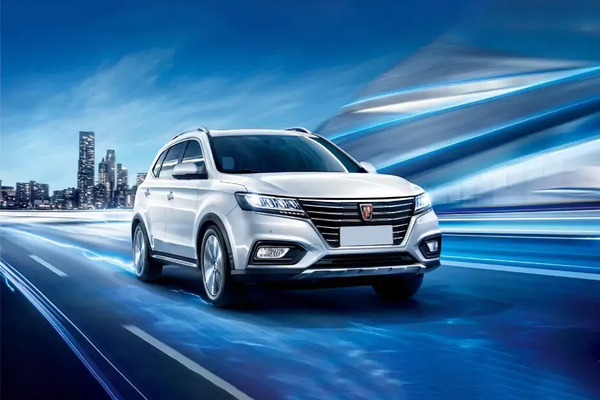
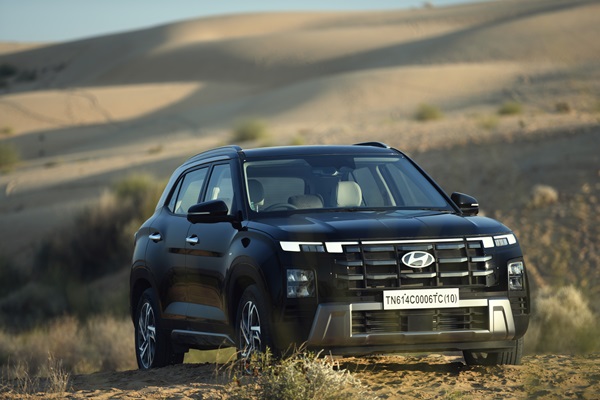
 1497 cc
1497 cc Multiple
Multiple











